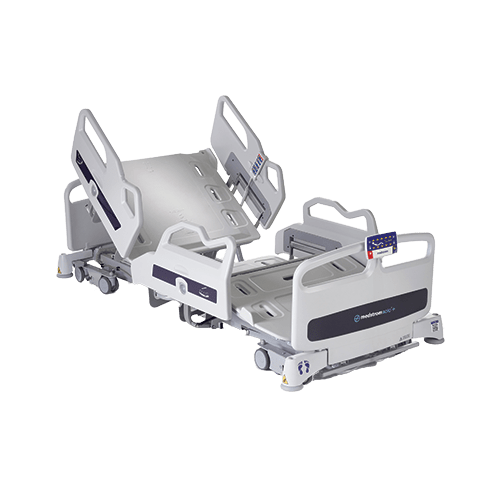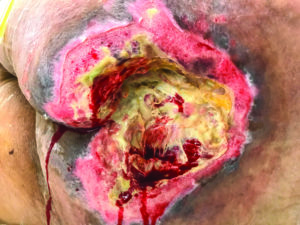
Dolphin Therapy: Faster Wound Healing and Reduced Hospital Readmission
In the short video below, Diane Hill, a Clinical Nurse Specialist in the community, describes how Dolphin Therapy has helped to achieve faster wound healing and reduce hospital readmissions for her patients.
This post summarises the video, and looks at some of the healthcare economics implications of pressure ulcers and hospital readmissions.
Introduction
Dolphin Therapy is a unique reactive support surface that simulates a fluid environment. Currently, immersion (fluid simulation/air fluidised) is one of the only viable ‘step up’ options from a dynamic air mattress.
Originally developed by the United States Navy to keep dolphins buoyant and healthy during extended periods out-of-water, it provides immersion and envelopment of the patient. This helps to prevent tissue ischaemia, including when the wound is nursed directly on the surface.1
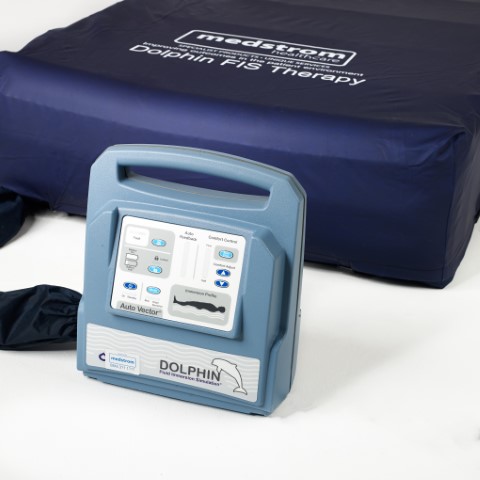
Faster Wound Healing
Diane has noticed that wounds heal on Dolphin Therapy even though positional changes may be extremely limited.
In the video, she describes a patient who had been away from home for three months, with no clinical input or therapeutic support surface. When he got home, he had Category 3 pressure damage.
He was placed on Dolphin Therapy, and his wounds healed. He was then ‘stepped down’ to a standard air mattress. Diane believes that Dolphin Therapy accelerated the healing process.
Reduced Hospital Readmissions
Diane says that none of her patients using Dolphin Therapy have been readmitted to hospital because of their wounds. While some were readmitted, it was for different reasons.
She believes that faster wound healing, assisted by Dolphin Therapy, helps to reduce the risk of infections and sepsis developing. In turn, this helps to keep patients out of hospital, so they can stay where they want to be – in their own home.
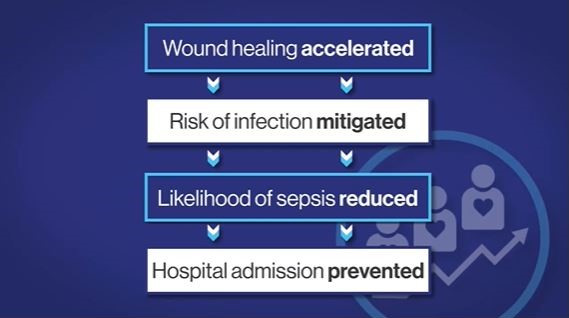
Healthcare Economics
Pressure Ulcers
The NHS Pressure Ulcer Productivity Calculator estimates the average cost of treating pressure ulcers as follows:
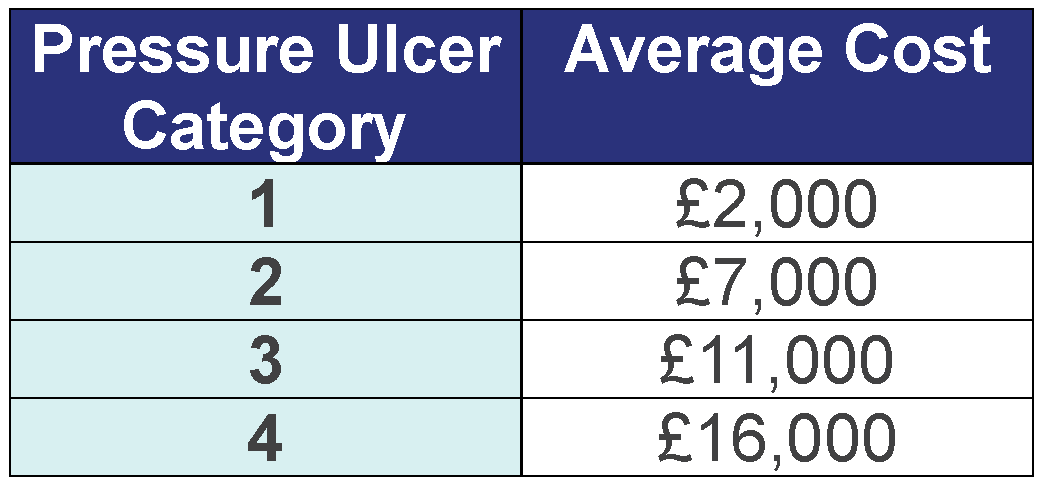
Whilst prevention is clearly better than cure, faster healing still helps to reduce treatment costs.
Hospital Stay Costs
The cost of each day in hospital (excluding investigations, treatments etc.) was estimated to be as follows:2
- General ward, per bed per day: £586.59
- Excess bed days, per bed per day,* in a general ward: £351.00
- Intensive care, per bed per day: £1,621.16
*Due to delayed transfer of care.
Of note, the costs above for both pressure ulcers and hospital stay are from 2016/17, which was the last time they were updated. Therefore, current costs may be considerably higher.
Summary
Used at the right time for the right patient, Dolphin Therapy can help to both prevent and treat pressure ulcers. Additionally, it can help to prevent hospital readmission. This reduces both financial and human costs, by enabling the patient to stay at home.
Click on the links below to watch further short videos featuring Diane Hill’s experiences using Dolphin Therapy:
Psychological effects of pressure ulcers
References
-
Mayes KL et al (2012). Cost effective care without clinical compromise: Incorporating the Dolphin Fluid Immersion Simulation Mattress System into the postoperative care of patients undergoing myocutaneous flaps. Poster presented at Wild on Wounds National Conference, September 12 – 15, 2012, Las Vegas, NV.
-
Guest JF et al. Modelling the annual NHS costs and outcomes attributable to healthcare-associated infections in England. BMJ Open. 2020;10(1):e033367. Published 2020 Jan 22. doi:10.1136/bmjopen-2019-033367





